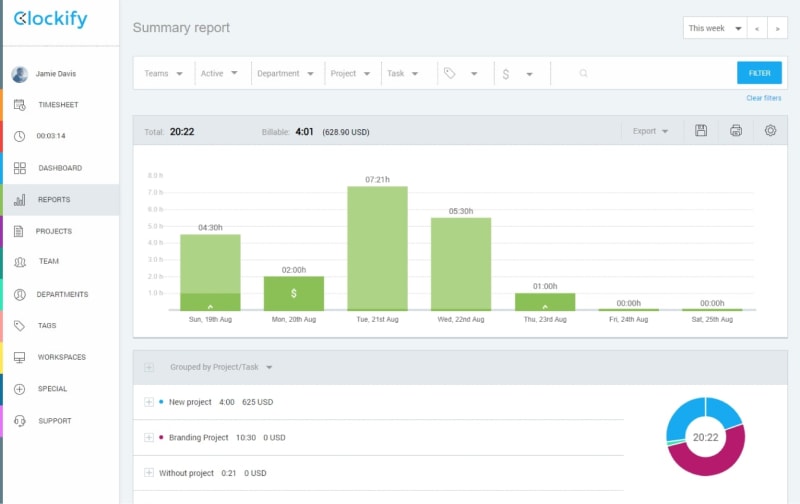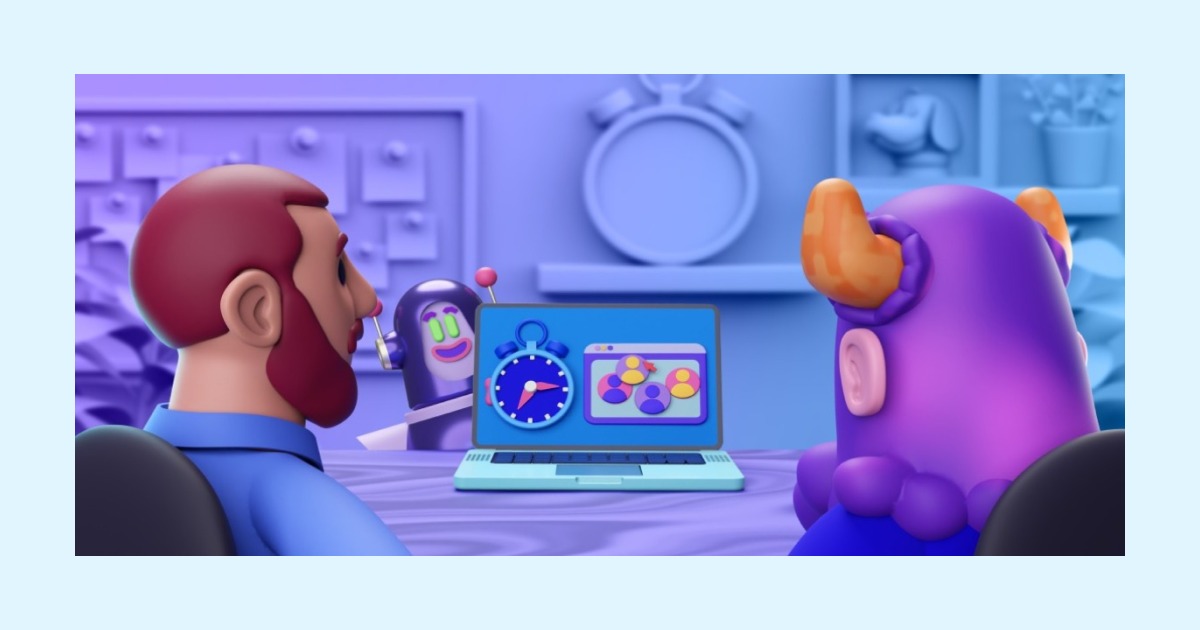Best free alternatives to expensive software
Last updated on: March 21, 2023
Software can be quite a big item in your budget – especially you’re paying a monthly subscription for dozens of different apps.
According to statistics, an average freelancer spends $518/month on software.
Here’s a list of popular but expensive software that you can substitute with free alternatives that work just as good as the paid options.
- Replace Windows with Linux Mint
- Replace MS Office with Google Docs/LibreOffice
- Replace Visio with Draw.io
- Replace Photoshop with GIMP
- Replace Lightroom with darktable
- Replace Illustrator with Inkscape
- Replace Premiere/After Effects with DaVinci Resolve/Lightworks
- Replace InDesign with Scribus
- Replace Audition with Audacity
- Replace AutoCAD with FreeCAD/LibreCAD
- Replace Maya/3ds Max with BLENDER
- Replace Sketch+Invision+Zeplin with Figma
- Replace Github/Bitbucket with Gitlab
- Replace Zendesk with Freshdesk
- Replace Salesforce with SuiteCRM
- Replace Mailchimp/Hubspot with Mautic
- Replace Confluence with DokuWiki
- Replace JIRA with Redmine
- Replace QuickBooks with Wave
- Replace Basecamp/Asana with Trello
- Replace Toggl/Harvest with Clockify
Instead of Windows, try Linux Mint
For each computer you and your employees use, you need a legal version of Windows ($200/computer). But, you’ve probably heard about Linux and that you can use it instead of Windows for free.
There are a lot of versions of Linux (called distributions). The most popular and user-friendly one is Linux Mint. Linux Mint looks and feels just like Windows so you’ll be able to settle down quite quickly. If you’re mostly using web apps, you won’t even notice that you’re on Linux.
Pros of switching to Linux: free, no forced updates, no viruses, no invasion of privacy, easier for programming, customization, better app store
Cons of switching to Linux: documents (Word, Excel) with complex formatting may not display properly, most games are not supported, troubleshooting requires more skill, you’ll have to use substitutes for apps that don’t have a Linux version.

Instead of Microsoft Office, try Google Docs or LibreOffice
Linux doesn’t have Outlook, Word, Excel, PowerPoint etc. Instead, you’ll have to use either LibreOffice or OpenOffice.
Both LibreOffice and OpenOffice are 100% free, work exactly like MS Office, and can read and write Office files with no problem. Cons: they don’t look as nice as Microsoft Office, take some time to get used to, and don’t have a web version.
An even better alternative to MS Office is Google Docs. Google Docs comes with fewer features than Word, Excel, and PowerPoint, which is actually a good thing.
The best thing about Google Docs – and why you should switch – is that there are no files that you send back and forth via emails Instead, you create a document online, send a link, and the other person can open, see, edit things right along with you. Another major benefit is that you don’t have to install anything. You can even use the Google Docs integration with Clockify to see how much time you’ve spent on a particular project.

Instead of Visio, try Draw.io
Microsoft Visio is a diagramming application that lets you create and connect diagrams quickly (you can buy the app for $250).
If you’re making a lot of flowcharts and diagrams at work, you might want to try Draw.io instead, which is absolutely free, easy to use, and works in the browser.
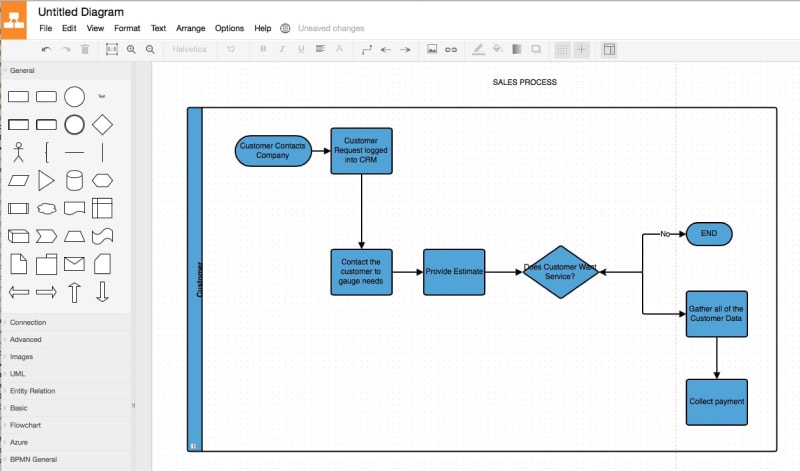
Instead of Adobe Photoshop, try GIMP
Photoshop is the most famous image editing software. It’s so well known that people use it for everything, from photo retouching to web design.
But, to use Photoshop, you’ll have to pay $240/year. If all you want to do is crop an image, delete the background, or change colors, GIMP will do the job. GIMP is actually so full-featured now that if you are a professional, you can fully replace Photoshop with it.
If you’re a digital painter, Krita is the best art software you’re going to get for free.
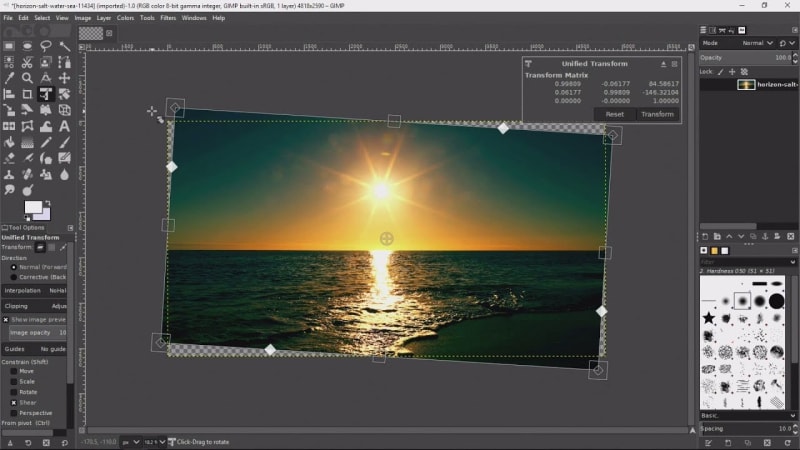
Instead of Adobe Lightroom, try darktable
If you’re using Adobe Lightroom to manage your photographs, and you’re thinking about switching to free, you’ll find darktable to be exactly what you need.
darktable is an open source photography workflow application/raw developer that manages your digital negatives and enables you to develop and enhance raw images.
Instead of Adobe Illustrator, try Inkscape
If you’re creating logos, illustrations, or some other type of vectors, you might want to check out Inkscape.
Inkscape is sufficient for a good graphic designer and can easily challenge Illustrator in almost everything, plus it’s free.
The only drawback is a steeper learning curve; so if you’re transitioning from Illustrator, you’re gonna need some time to get comfortable.
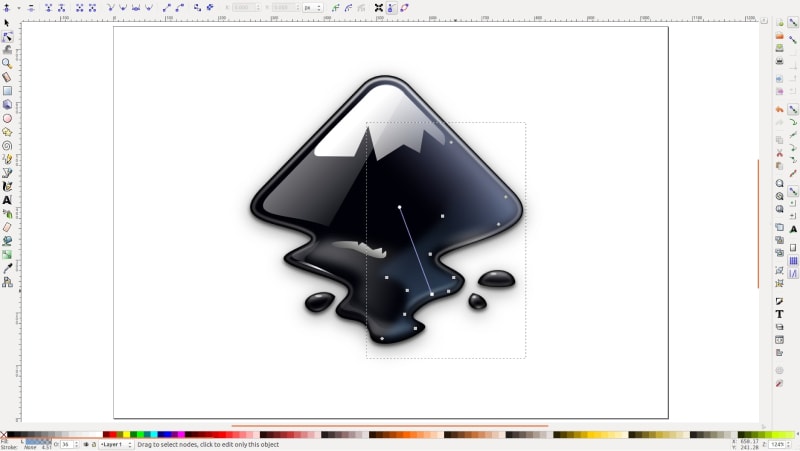
Instead of Adobe Premiere and After Effects, try DaVinci Resolve or Lightworks
If you want a professional video editing software, but are not a big fan of Adobe’s monthly subscription or Vegas Pro/Final Cut price, try DaVinci Resolve.
DaVinci Resolve has everything: video editing and trimming, multicam support, special effects, transitions, animation, color and audio correction, etc.
If you want something simpler plus 100% free, you can try Lightworks.
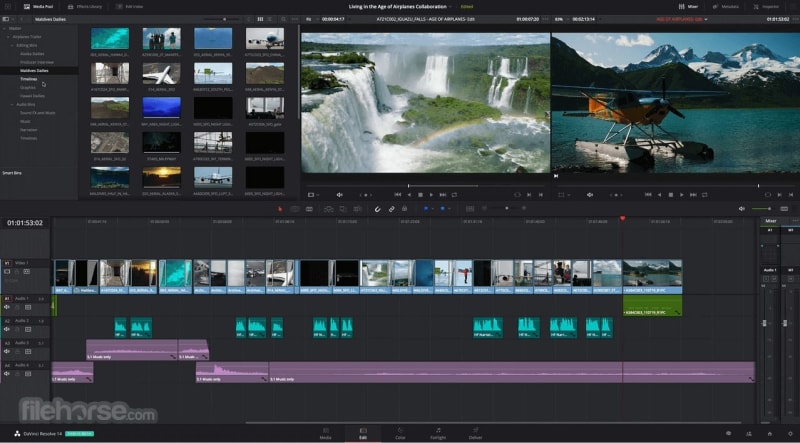
Instead of Adobe InDesign, try Scribus
InDesign is a desktop publishing software application for creating flyers, brochures, magazines, newspapers, and books. If you’re creating any type of reading material longer than 2 pages that you want to look really nice, you’ll need a good desktop publishing software.
QuarkXPress used to be the most famous, but is now surpassed by InDesign. If you want a free version that’s just as good, try Scribus. You might also want to try Canva, which is web-based and comes with a free plan.
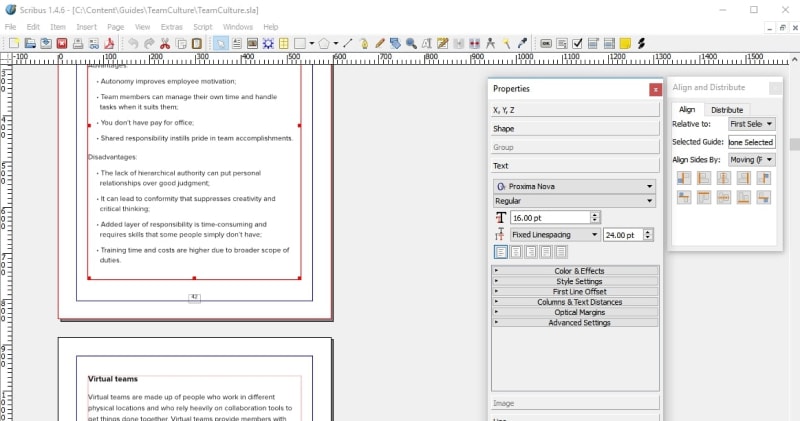
Instead of Adobe Audition, try Audacity
Everyone needs to edit an audio file at some point. Instead of using a paid solution like Audition or Sound Forge, try Audacity.
Audacity lets you record audio, cut and edit audio files, remove noise, boost volume, apply hundreds of effects, and more. If you’re creating videos and want to clean up the audio, Audacity will work great.

Instead of AutoCAD, try FreeCAD and LibreCAD
AutoCAD is the standard for architectural design or engineering. But if you’re just starting out, the license can cost you a lot ($1,575/year). Thankfully, you can use LibreCAD (for 2D) and FreeCAD (for 3D) for free.

Instead of Maya/3ds Max, try Blender
If you’re doing 3D modeling, you’ve probably learned to do it in either Maya or 3ds Max (using student license). But once you start using it professionally, you’ll need a commercial license, which costs around $1,500. If that’s too much, try Blender.
If you’re willing to put in the time to learn it, you’ll find it’s a workhorse and that it does a ton of stuff: from modelling, to animation, to video compositing.

Instead of Sketch+Invision+Zeplin, try Figma
Sketch is the most popular design tool. It lets you create wireframes, mockups, even illustrations. The biggest downside of Sketch is that it’s available only on Mac. So if a designer creates something in Sketch, a developer who works on Linux or a client who’s on Windows can’t open it.
This cross-platform problem is somewhat mitigated by the existence of Zeplin (for designs handoff) and InVision (prototyping and feedback) – all of them additional paid solutions.
What makes Figma so great is that it works in the browser (doesn’t matter what system you use), is free for up to 2 collaborators, and has prototyping and spec inspection built-in.
This means that one designer can create stuff in Figma, another designer can design right alongside, a developer can pick up specs (like dimensions, colors, etc), and a client can track design in real-time and leave notes – all in one tool.

Instead of Github or Bitbucket, try Gitlab
Almost all code collaboration today is done via Git. Github is the most well-known shared Git-repository management system. Downside of Github is that private repos are reserved for paid members.
If you want to collaborate on code without the whole world seeing it, you can install either Gitlab (or even Gerrit) on your own servers and cut costs.

Instead of Zendesk or Help Scout, try Freshdesk
If you have customers that send you emails, you’ll need help desk software. The most popular solutions are Zendesk and Help Scout – the only trouble is that they charge based on the number of users and per month.
If you just need a simple shared inbox for your team, Freshdesk might be the solution for you.
Freshdesk lets you have an unlimited number of users for free. However, if you need some advanced features, you’ll have to upgrade to a paid plan (which can end up costing you more than other solutions).

💡 Clockify pro tip:
If you use Freshdesk and want to be able to easily track time spent on tickets right from Freshdesk, try Clockify’s integration with Freshdesk. Later, you can run time reports and manage projects in Clockify.
Instead of Salesforce, try SuiteCRM
Salesforce and MS Dynamics are the most well-known CRM enterprise solutions. There’s also Pipedrive, which is geared to small-medium businesses. But, they all are shamelessly expensive (after all, they’re created by the sales team for sales teams).
If paying $150/user/month sounds too much, try SuiteCRM. Basically, all CRM providers have the same features – the only difference is how they present them. So when you pay for Salesforce, you’re actually paying for their sales and marketing machine (and not the software development).
So, if you don’t want to start using Salesforce’s basic plan only to find out that you actually need a higher one later and end up paying hundreds of dollars a month per user, SuiteCRM might be a less painful route.
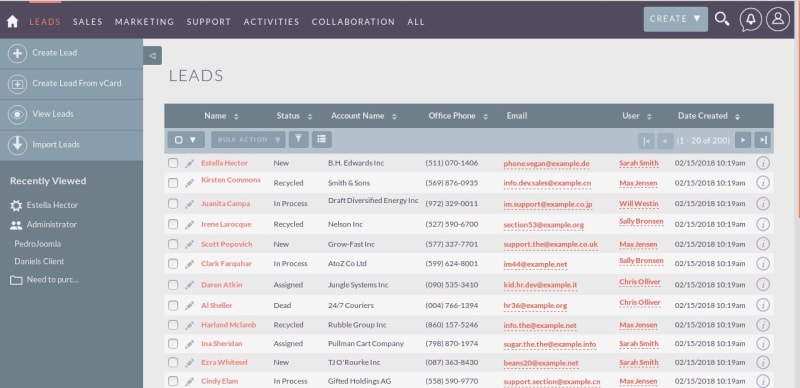
Instead of Mailchimp or Hubspot, try Mautic
Commercial marketing automation solutions Mailchimp, ActiveCampaign, Hubspot can cost quite a lot. But, you can go the open-source route and use Mautic instead.
Mautic is an open-source marketing automation solution that lets you do everything: lead management, automated emails, and campaigns, drip flow, social media monitoring, etc. Downsides: you can’t send one-off newsletters, it’s really complicated to set up, and you need a server where you install Mautic.
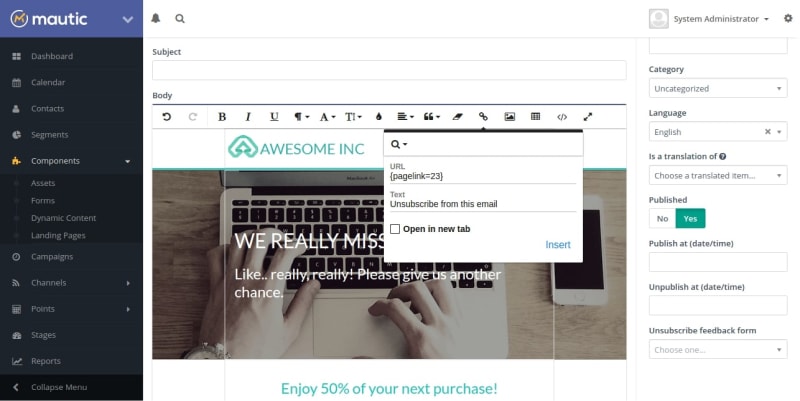
Instead of Confluence, try DokuWiki
Confluence is a wiki software and knowledge collaboration tool. It lets your team document processes and share knowledge by creating pages that can be commented on and edited by all team members.
DokuWiki is the same as Confluence, only it’s open-source and free. The only downside is that you need a server where you’ll host the software.
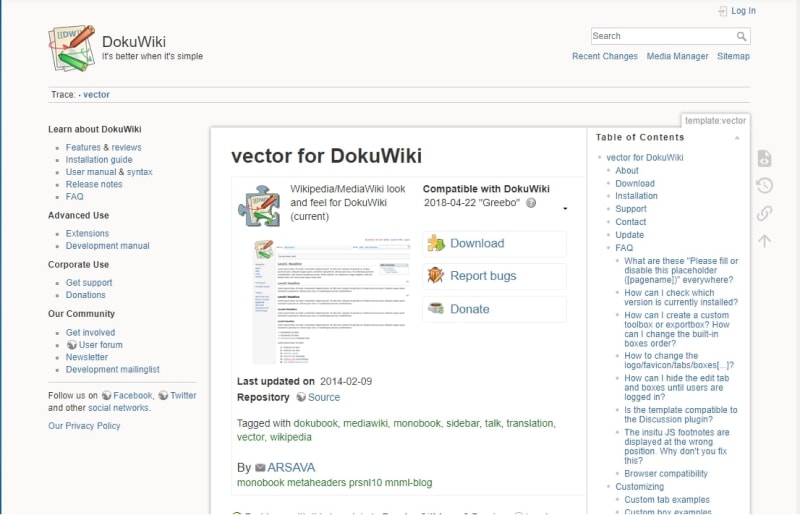
Instead of JIRA, try Redmine
JIRA is the most well-known project management tool for agile software development. If you like the flexibility and robustness it gives you, but don’t like the price (or the brand connotations), look into Redmine.
Redmine is an open-source issue tracker with to-dos, assignees, roles, Gantt charts, and everything else you’d expect from a project management tool. Downsides: it doesn’t have the prettiest interface, needs an experienced person to set up, and takes a bit of time to learn (like JIRA).
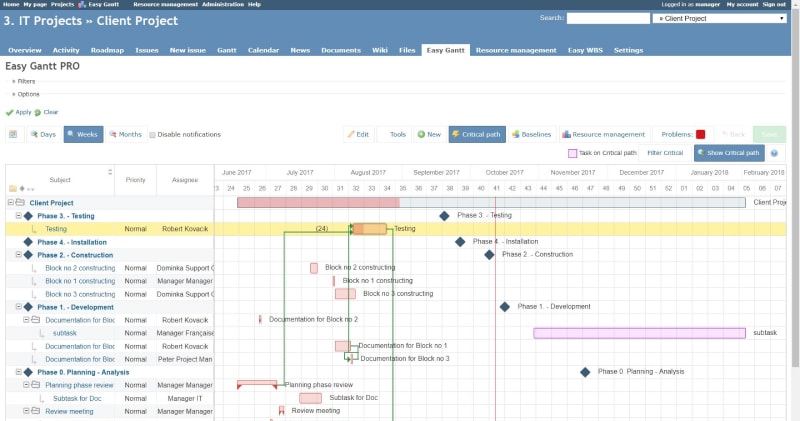
Instead of QuickBooks, try Wave
Invoicing and accounting software subscription fees aren’t high, ranging from $15-50/month. Apart from well-known solutions like Quickbooks, Xero, and Freshbooks, you can also try Wave: it’s 100% free, web-based, and includes invoicing, accounting, and receipt scanning.
If you want open-source accounting software that you can install on your computer, you can try Manager.io or GnuCash.

Instead of Basecamp or Asana, try Trello
There are tons of project management apps on the market. While Basecamp is the most polished and Asana the most marketed, Trello is the most popular – and for a good reason: it’s extremely simple, super flexible, a pleasure to use, and gives you all the features you need for free.
Considering all the project management tools on the market, it’s a miracle how nothing comes close to Trello’s value.
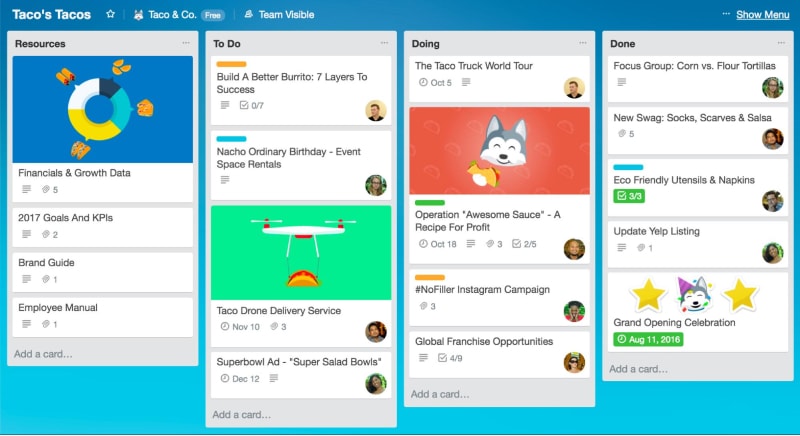
Instead of Toggl or Harvest, try Clockify
If you and your team track time, you’ve probably use Toggl because it’s extremely simple and easy to use. But that comes at a very steep price – $10-20/user/month. So if you have a team of 20 people, a simple time tracker can end up costing you around $400/month. Toggl, while insanely simple, is also insanely expensive.
The good news is that you can switch to Clockify, a time tracker that works exactly like Toggl, only it’s absolutely free for an unlimited number of users.
Clockify has the same features as Toggl (even the interface is same), plus a few more (like Timesheet and on-premise version).
💡 Clockify pro tip
You can transfer all your projects and time entries from Toggl to Clockify using Toggl data importer and continue tracking time for free.
